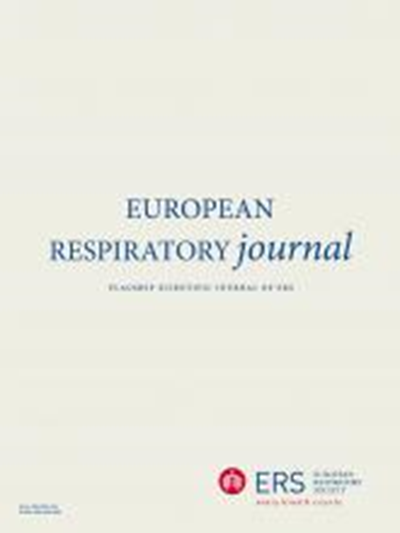Tuberculosis Preventive Treatment care pathways in people living with HIV: a systematic review and meta-analysis.
IF 21
1区 医学
Q1 RESPIRATORY SYSTEM
引用次数: 0
Abstract
BACKGROUND Tuberculosis Preventive Treatment (TPT) can reduce TB incidence and mortality in people living with HIV. However, low levels of screening and uptake, poor adherence, and loss to follow-up considerably reduce its effectiveness. We aimed, therefore, to assess the losses within all steps of the screening and treatment cascade. METHODS To enhance data generalizibility we included articles which reported the proportion of people living with HIV completing any step of the TPT cascade in low- and high-TB burden countries published before March 2024. Random effects meta-analysis produced pooled estimates of the proportion proceeding to the next step along the cascade. Results were explored through subgroup analyses and meta-regression. PROSPERO registration: CRD42020162396. FINDINGS Data from 368 cohorts containing 2.7 million participants were included. High levels of heterogeneity in outcomes were seen. Most participants were from Africa (80.6%). Isoniazid monotherapy was used for TPT in 92.6% of cohorts, usually for six months. Substantial loss to follow-up was found throughout the treatment cascade with more than one in six patients lost at the following steps: initial screening, immunological testing, treatment start and completion. Treatment regimens lasting four months or less were more likely to be completed than longer ones - 88.4% compared to 61.6%. INTERPRETATION Our analysis highlights substantial loss to follow-up at multiple steps during the care cascade. This may significantly lower the reported effectiveness of TPT in real-world settings. Research and policy should focus on simplified care pathways and novel, shorter treatment regimens that optimise retention in care.艾滋病毒感染者的结核病预防治疗护理途径:系统回顾和荟萃分析。
结核病预防治疗(TPT)可以降低艾滋病毒感染者的结核病发病率和死亡率。然而,低水平的筛查和吸收,较差的依从性和随访损失大大降低了其有效性。因此,我们的目标是评估筛查和治疗级联的所有步骤中的损失。方法为了提高数据的通用性,我们纳入了2024年3月之前发表的报告低结核病负担国家和高结核病负担国家完成TPT级联任何步骤的艾滋病毒感染者比例的文章。随机效应荟萃分析产生了沿着级联进行下一步的比例汇总估计。通过亚组分析和meta回归对结果进行了探讨。普洛斯彼罗注册号:CRD42020162396。研究结果来自368个队列,包含270万名参与者。观察到结果的高度异质性。大多数参与者来自非洲(80.6%)。92.6%的队列使用异烟肼单药治疗TPT,通常为6个月。在整个治疗级联过程中发现了大量的随访损失,超过六分之一的患者在以下步骤中丢失:初始筛查、免疫检测、治疗开始和完成。持续4个月或更短时间的治疗方案比更长时间的治疗方案更有可能完成——88.4%比61.6%。解释:我们的分析强调了在护理级联的多个步骤中随访的重大损失。这可能会显著降低报道的TPT在现实环境中的有效性。研究和政策应侧重于简化护理途径和新的、更短的治疗方案,以优化护理的保留。
本文章由计算机程序翻译,如有差异,请以英文原文为准。
求助全文
约1分钟内获得全文
求助全文
来源期刊

European Respiratory Journal
医学-呼吸系统
CiteScore
27.50
自引率
3.30%
发文量
345
审稿时长
2-4 weeks
期刊介绍:
The European Respiratory Journal (ERJ) is the flagship journal of the European Respiratory Society. It has a current impact factor of 24.9. The journal covers various aspects of adult and paediatric respiratory medicine, including cell biology, epidemiology, immunology, oncology, pathophysiology, imaging, occupational medicine, intensive care, sleep medicine, and thoracic surgery. In addition to original research material, the ERJ publishes editorial commentaries, reviews, short research letters, and correspondence to the editor. The articles are published continuously and collected into 12 monthly issues in two volumes per year.
 求助内容:
求助内容: 应助结果提醒方式:
应助结果提醒方式:


